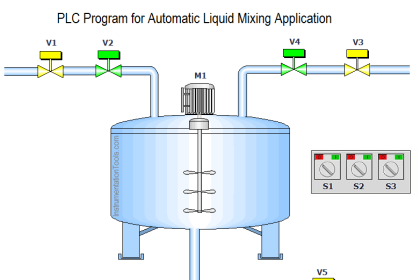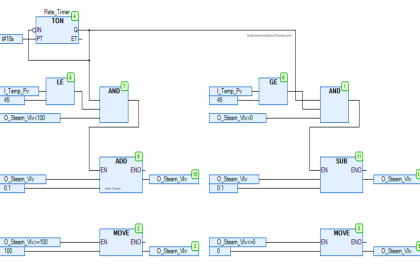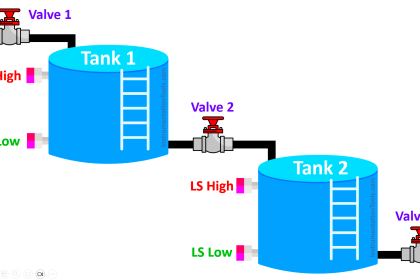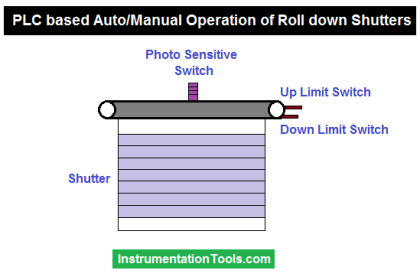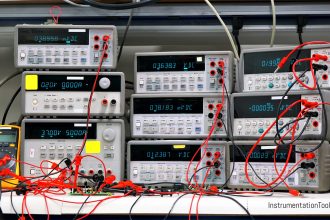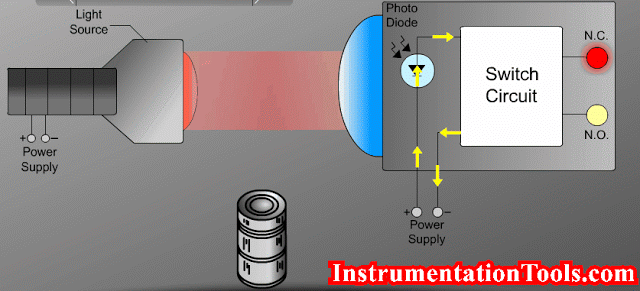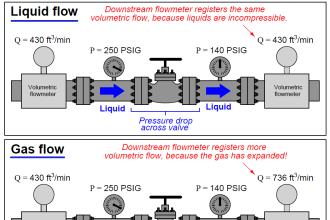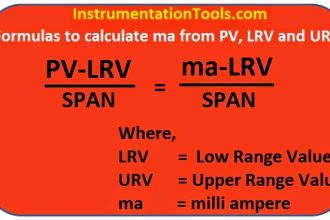Learn different types of cables used in industrial automation systems such as PVC, PUR, POC, STP, UTP, Coaxial, and optical fiber cables.
Cables are a very important part of industrial automation. You must know which cable to use and where to use it so that there is no goof-up in the instrument part or electrical part.
Types of Cables used in Industrial Automation
There are many types of cables used, but it is important to categorize them based on various sections. Because it is not possible to define every type in a single section.
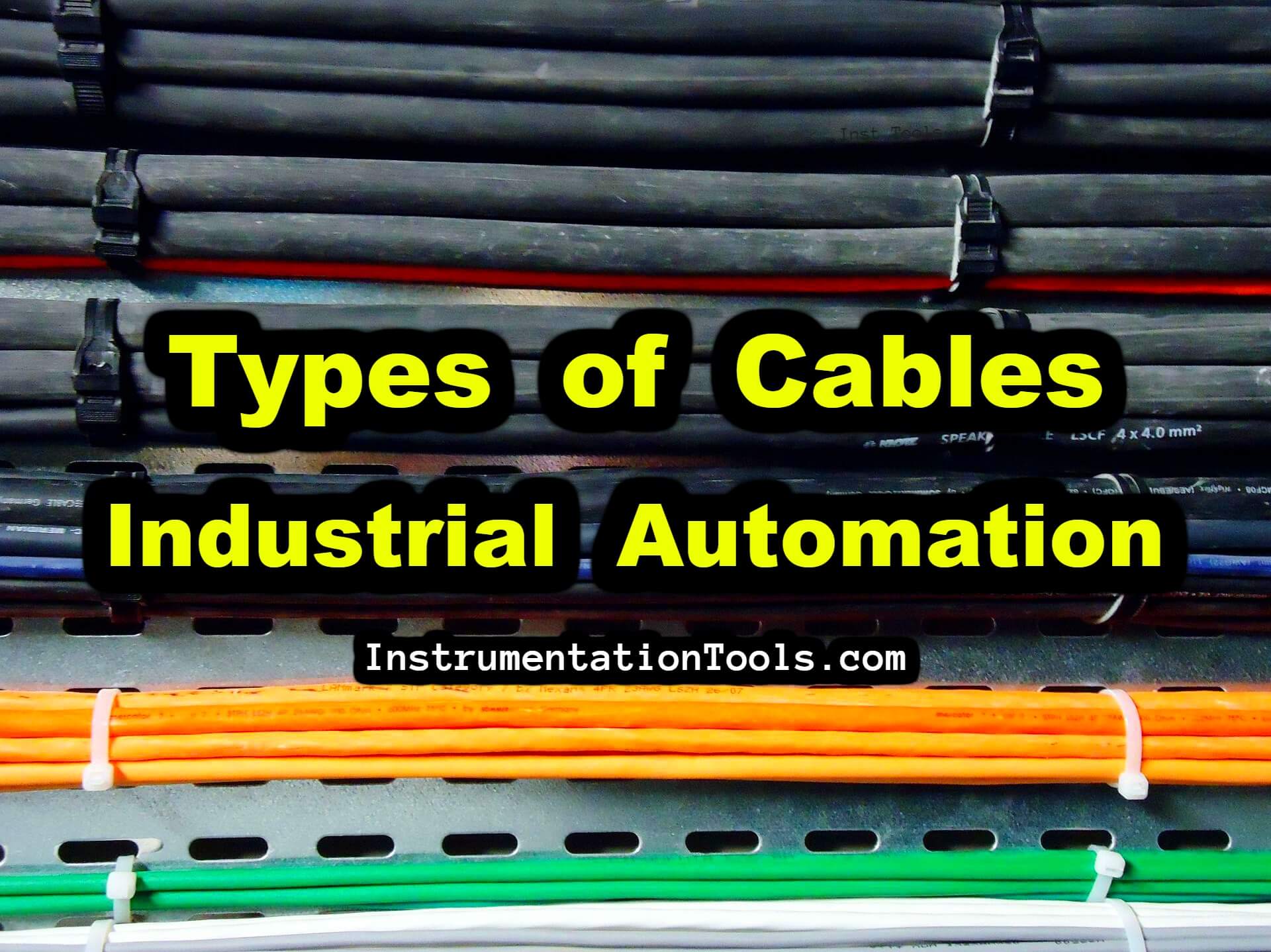
Let us categorize each section one by one.
Types of Cables based on Material
There are three basic cable types based on the used material. They are
- Polyvinyl chloride (PVC) cable
- Polyurethane (PUR) cable
- POC cable
PVC Cable
Polyvinyl chloride (PVC) cable is one of the most widely used in industrial automation. It is good for medium mechanical stress and it offers good resistance to different chemicals.
In applications where the cable is exposed to varying temperature, this type is frequently used. It is best suitable for low and medium-voltage applications.
PUR Cable
Polyurethane (PUR) cable is good for high mechanical stress. They can easily handle the high wear and tear of many industrial applications. They are highly flame resistant and also resistant to welding sparks.
For applications where maintaining hygiene of a particular medium where the cable will pass is important, this type is widely used. They prevent microbial growth within the sheath and thus, avoid spreading of bacteria.
POC Cable
In applications where there is a lot of welding activity or sparks, the POC cables are best suitable. It has a very high mechanical strength and a thermal resistance of 150 deg C.
So, these cables can bear extreme heat and are suitable for such high-temperature applications.
Types of Cables based on Networking
There are three basic cable types based on the used material. They are
- Unshielded Twisted Pair (UTP) Cable
- Shielded Twisted Pair (STP) Cable
- Coaxial Cable
- Optical Fiber Cable
Unshielded Twisted Pair (UTP) Cable
Unshielded twisted pair (UTP) cable is a twisted pair cable with a total of 8 wires of 4 pairs each. All these 8 wires are wound by an insulated cable. But, between the wires and cable, there is no shield wire protection.
This makes the cable more prone to electromagnetic interference and other types of noise. So, mostly it is used in local Ethernet networks where there is less noise interference.
Shielded Twisted Pair (STP) Cable
Shielded twisted pair (STP) cable is a twisted pair cable with a total of 8 wires of 4 pairs each. All these 8 wires are wound by an insulated cable. Between the wires and cable, there is a shield wire protection.
This makes the cable less prone to electromagnetic interference and other types of noise. So, it is the most widely used networking cable in industrial automation applications. It is costlier than UTPC cables.
Coaxial Cable
A coaxial cable is a medium that transmits data in low voltage electrical form. It consists of five layers. The first layer is the plastic cover. It acts as a shield for the whole cable.
The second layer is an insulator of metal wrapping which acts as a protection against the noise. The third layer is a conductor of a metal braid, foil, or a combination of both.
The fourth layer is again an insulating shield and the last layer is a conductor of copper. This cable is highly resistant to fluorescent lights, motors, or other types of signal interferences.
Optical Fiber Cable
Optical fiber is a medium that uses light pulses along with transmission fiber, which is glass, silica, or plastic. It consists of four layers. The outer layer is the plastic coating.
The second layer is the cladding (less dense glass or plastic). The third layer is the core and the last is the fiber. Light rays travel through this fiber by the principle of internal reflection.
This causes the light to reflect itself through the channel and travel till the end. The density of the two last layers is maintained in such a way that the light beam traveling through the core is reflected off the cladding.
Information is transmitted in a binary way as a sequence of on or off light flashes that means 1 or 0.
Refer to this article for a better understanding of the difference between the optical fiber and coaxial cables.
In this way, we discussed different types of cables used in industrial automation systems.
If you liked this article, then please subscribe to our YouTube Channel for Electrical, Electronics, Instrumentation, PLC, and SCADA video tutorials.
You can also follow us on Facebook and Twitter to receive daily updates.
Read Next:
- 4-20 mA Transmitter Wiring
- Electrical Earthing Calculations
- Why 24 Volts DC Power Supply?
- Interposing Relay Panel Wiring
- SCADA Software and Comparison
